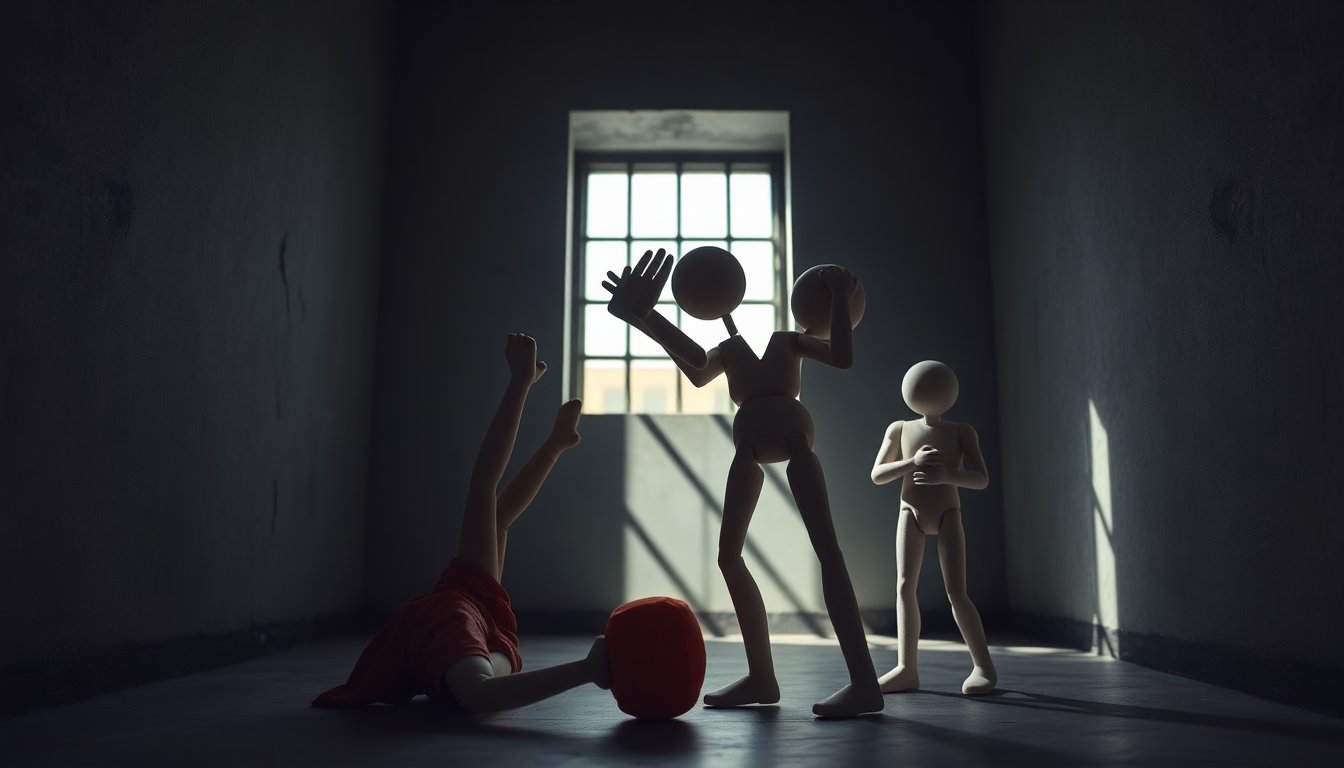Table of Contents
This week, the Committee Against Torture launched an animated short titled The Interview, highlighting the ongoing issue of prisoner abuse in Russia. Using stop-motion animation and a compelling voice cast, the video aims to stimulate discussion about this pressing human rights concern.
The animation features notable Russian actors Varvara Shmykova and Nikita Kukushkin, who voice anthropomorphic body parts. These characters represent prevalent attitudes toward torture among the Russian public. Through dialogue, they express various perspectives that reveal societal indifference and misunderstanding.
Character perspectives on torture
Throughout the animation, different body parts share their views on torture, exposing a concerning level of apathy. For example, the character representing the Brain dismisses the issue, claiming that torture is merely a myth. In contrast, the Arm argues that individuals subjected to such treatment must have warranted it, reflecting a deep-seated belief in justifications for violence.
Indifference and rationalization
The Stomach, preoccupied with eating fried chicken, expresses indifference to the suffering of torture victims, highlighting a common attitude of detachment. This sentiment is echoed by the Lungs, who casually state that those who endure torture will eventually recover, downplaying the severity of their experiences.
The dialogue progresses, showcasing a disturbing reluctance to confront the realities of torture. Characters like the Teeth and the Leg add to the chorus of denial, with the former insisting that there are more urgent issues to address. This casual dismissal of a significant human rights violation underscores the societal apathy that enables such abuses to continue.
A shift in tone
As the animation nears its conclusion, the mood shifts dramatically. The claymation Heart, which has been boastful throughout the video, collapses, revealing the harsh truth faced by torture victims. In a jarring moment, the animation transitions to a real-life scene where a pathologist examines a lifeless body on an autopsy table.
Realities behind the animation
The stark contrast between the light-hearted exchanges of the anthropomorphic characters and the grim reality of a victim’s body highlights the seriousness of the issue. Two pathologists, dressed in bloodstained aprons, engage in routine conversation as they carry out their work, further illustrating the normalization of violence in society.
As they assess the organs of the deceased, the video concludes with sobering statistics: “47 percent of Russians consider the use of torture acceptable” and “100 percent of Russians are not protected against violence and cruelty.” These figures serve as a call to action, urging viewers to confront the uncomfortable reality of torture in Russia.
While creatively engaging, the animation delivers a profound and unsettling message. By juxtaposing humor with harsh realities, it encourages audiences to reflect on their own attitudes towards human rights abuses and the societal role in addressing these issues. The Committee Against Torture aims to foster dialogue and inspire change through such innovative approaches.
In a world where torture often remains unacknowledged, The Interview serves as a poignant reminder of the urgent need for compassion and action in the face of human suffering. It challenges viewers not only to recognize the existence of torture but also to consider their own responses to these atrocities.


